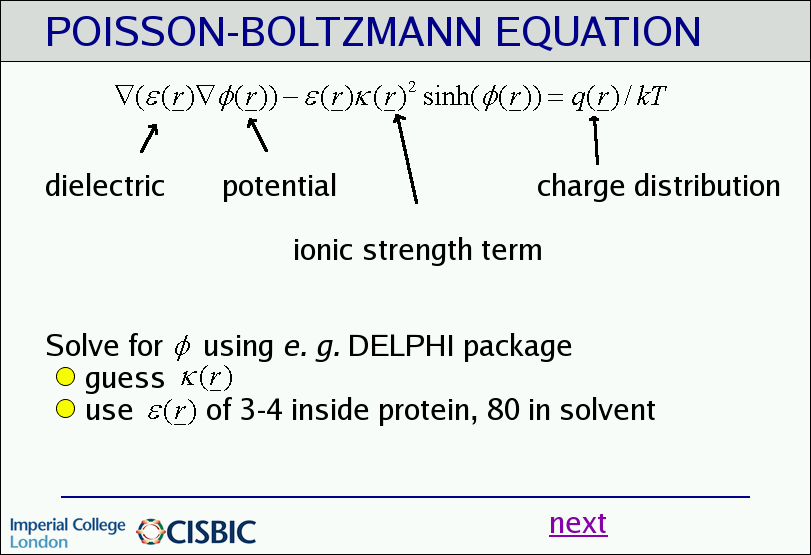Boltzmann equation
The Boltzmann equation, or Boltzmann transport equation, is the basic integro-differential equation of the kinetic theory of gases and non-equilibrium thermodynamics. It was named after the physicist Ludwig Boltzmann.
It is an equation for the random distribution of particles in a medium. An important application, which is described by the Boltzmann equation, such as a stream in a diluted gas. In practice, this occurs for example in the calculations of phenomena in the Earth's outer atmosphere, such as during re-entry of the Space Shuttle in the Earth's atmosphere. Can be described by the Boltzmann equation, the distribution of neutrons in a nuclear reactor or the thermal radiation intensity in a combustion chamber. The Boltzmann equation is then used when the mean free path of the particles is large, ie if only a few gas particles are present in a given volume, so the mean burst duration is small compared to the mean collision time and only two-particle collisions must be considered. In a medium in which this is not the case, can be the equations of continuum mechanics much simpler to use ( the Navier-Stokes equation). In this sense, the Boltzmann equation is a mesoscopic equation, which is between the microscopic description of individual particles and the macroscopic description.
Equation
The Boltzmann equation is an equation for the density distribution in the state space. Here are the location, time, and speed. The distribution density can be interpreted so that the value, the relative number of particles indicates that reside at the time in the local volume and thereby have velocities in the range.
The equation has the form (whether a given external force )
Here, the collision integral and the left side of the Boltzmann equation is the detailed notation of the time derivative of the total. The collision integral is a multi-dimensional integral that is linked not linear in the. It gives the contribution to the equation, which is caused by collision of the individual particles. ( If he were not present, allowing the solution of the equation by means of classical mechanics).
In the narrower sense is meant by the Boltzmann equation, the above equation along with a specific approach for the collision integral ( Boltzmann shear coefficient of restitution approach):
This gives the probability per unit time that in a collision between two particles before collision have the velocities after the collision and assume that the velocities and. The exact form depends on the type and shape of the particles and must be determined from a microscopic theory (e.g., the quantum mechanics ).
The left side of the Boltzmann equation is basically just the detailed notation for the total time derivative of. The second term is also transport term, and the third field term, as it describes the interaction with external fields.
Both the theoretical and numerical treatment of the equation is very complicated. However, there are the remarkable limit property that ( under certain conditions ), the Boltzmann equation goes in the Navier -Stokes equation, if the mean free path is small.










